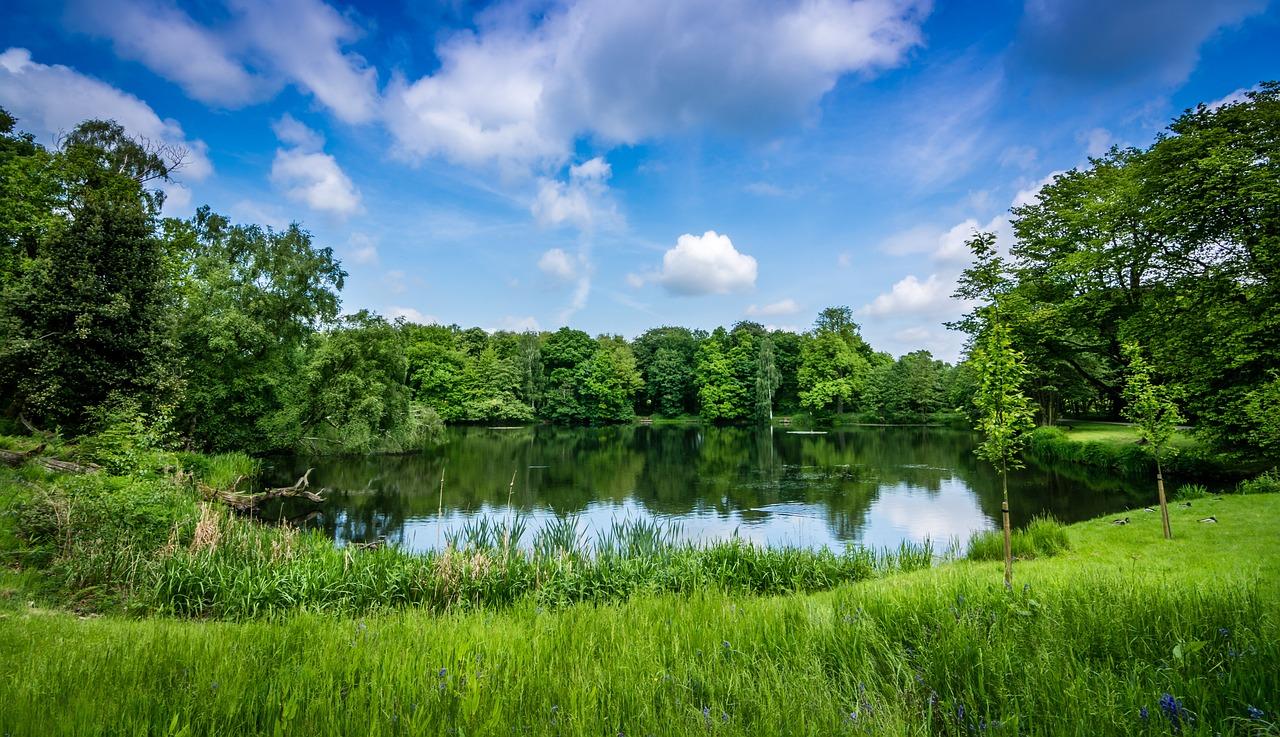There’s the green pill and the blue pill—and they’re both very potent.
“N” stands for nature—and I’m hardly the first person to suggest that spending time in nature is so good for you, it’s like taking a vitamin.
That kudo goes to Richard Louv, author of the book Vitamin N: The Essential Guide to a Nature-Rich Life. In this landmark book, Louv points out that spending time in nature is particularly important for mental health.
“Experiences in the natural world may reduce the symptoms of Attention Deficit Hyperactivity Disorder, serve as a buffer to depression and anxiety, help prevent or reduce obesity and myopia, boost the immune system, and offer many other psychological and physical health benefits,” he writes. “Time spent in nature may also improve social bonding and reduce social violence, stimulate learning and creativity, strengthen the conservation ethic, and even help raise standardized test scores.”
How “Green Space” Helps Mental Health
I’ve written about this phenomenon in the past, including a blog about the scientific evidence showing that nature is good for kids and adults with ADHD. In that blog, I reported on several studies, showing that:
- Traffic noise worsens the symptoms of ADHD.
- Children exposed to more “green space”—any area of grass, trees or other types of natural vegetation in the environment—were less likely to be inattentive, and had better focus and recall.
- Children exposed to more blue space—lakes, rivers, the ocean—were less likely to have ADHD symptoms, had better relationships with their peers, and had more prosocial behavior.
- Children who lived more than one third of a mile (500 meters) from a green space were 20 percent more likely to develop hyperactivity and inattentiveness than children with a green space within one third of a mile
- When children with ADHD took a walk downtown, in a neighborhood or in a city park, those who walked in the park had better concentration after the walk. In fact, the effect was comparable to methylphenidate.
- 500 parents of children 5-18 years old were asked to rate the “aftereffects” of 49 after-school and weekend activities on the symptoms of children with ADHD. The result: “…green, outdoor activities reduced symptoms significantly more than did activities conducted in other settings.”
The effect of nature on mental health was brought to mind by a new study published in the January, 2024 issue of the journal Health and Space, from researchers at Washington State University.
The study analyzed nine years of health data from more 42,000 people aged 65 and older living in urban areas in Washington state—and investigated a link between mental and general health and access within their residential zip codes to green and blue spaces, like forests, parks, lakes, and rivers.
They found that having just 10 percent more forest space in a person’s residential zip code was linked to reduced serious psychological distress—the kind of mental health problems that interfere with a person’s social life, work, or school, and require treatment.
Similarly, they found that a 10 percent increase in green space, tree cover, and water bodies lowered the chance that older people reported their general health as poor or fair.
The study authors note that older people are especially vulnerable to mental health issues like depression—and less likely to receive treatment to manage their mental health conditions.
“Older adults with depression, anxiety or mental health issues are known to be more resistant to medical interventions or talk therapy, which are the go-to treatments for these conditions,” said lead author Adithya Vegaraju. “If exposure to green or blue spaces could help prevent, delay, or even treat poor mental health in older adults, we need to look at that more closely as a way to improve mental health outcomes in this population.”
And, he said, one potential solution could be “nature prescriptions”—a growing trend in which healthcare providers give patients written recommendations to spend time outdoors.
Nature as Medicine
In fact, this type of prescription is common enough that there’s even a meta-analysis of studies about it, in the April, 2023 issue The Lancet: Planetary Health. The researchers looked at results from 28 studies, and found that “nature prescription programs” had “moderate to large effect” on depression and anxiety scores.
In fact, even watching a video of nature improves mental health, according to a study in the June 7, 2022 issue of Frontiers in Psychology. The Scandinavian researchers showed videos depicting natural, urban or neutral settings to 24 healthy people—and found the videos with natural settings promoted “physiological restoration” by increasing alpha brain waves, the brain waves linked to rest and relaxation.
Teenagers can benefit from “nature-based interventions,” too, according to a 2023 study in Scientific Reports. For the study, adolescents were shown either nature or urban videos. Those watching the nature videos felt less stressed, had a more positive mood, and were more relaxed. They also felt more connected to nature.
Bottom line: Encouraging your patients to take “vitamin N” is good medicine!


